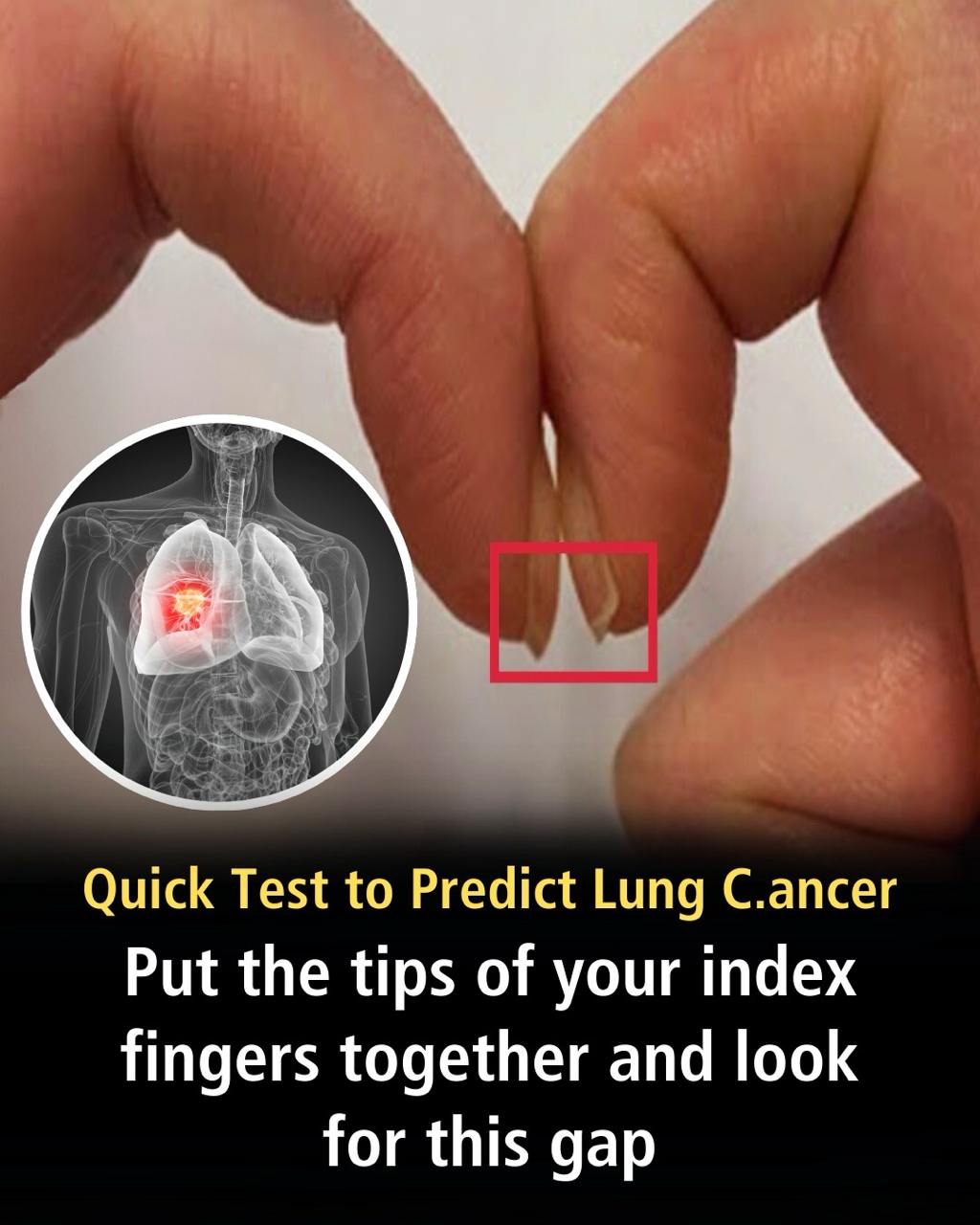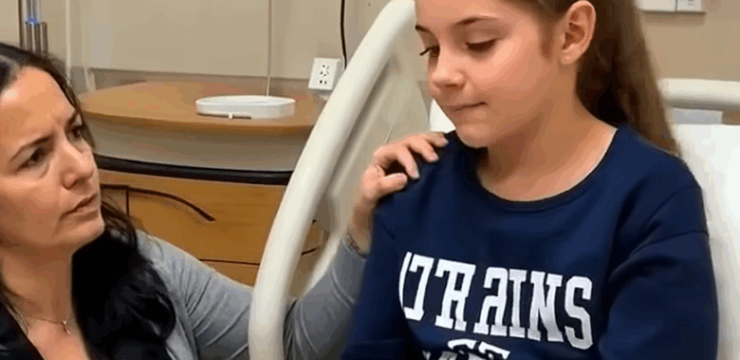Imagine being able to use your own hands to perform a quick and simple test that could reveal early signs of serious health problems. That’s exactly what the Schamroth window test offers—a non-invasive way to check for a condition called finger clubbing, which can be linked to illnesses such as lung cancer, heart disease, and other chronic health issues. Medical professionals have long recognized the value of this test as an early warning tool, and it’s something you can do at home in just seconds.

So how does this test work, and what could the results mean for your health? Finger clubbing, or digital clubbing, is a physical change in the shape of the fingers and fingernails, and it typically develops gradually over time. According to Medscape, this condition is usually a sign of an underlying issue rather than a disease itself. Cancer Research UK outlines several key signs to look for if clubbing is present: the nail bed may feel unusually warm, the skin around the nail appears shiny, and the tips of the fingers begin to enlarge or bulge.
There’s also a noticeable softening of the nail bed, and the nails start to curve downward, taking on a spoon-like appearance. In addition, the nail beds may feel spongy when pressed. Though the exact cause isn’t fully understood, experts at Very Well Health believe finger clubbing may be the result of chronic low oxygen levels in the blood, a condition known as hypoxemia. This lack of oxygen can lead to a cascade of changes in the blood vessels and tissues at the tips of the fingers, triggering the clubbing effect.
This seemingly minor physical change has been associated with a variety of serious medical conditions. Among the most common is lung cancer—studies show that around 35% of individuals with non-small cell lung cancer develop finger clubbing, while about 4% of small cell lung cancer cases show the same symptom.
@dra_says Simple check at home for finger clubbing. Educational purposes only #fingerclubbing #lungcancer #lowoxygenlevels #doctor #privategp #privatedoctor #cysticfibrosis #chronicillness #crohnsdisease #cysticfibrosis #ulcerativecolitis #infectiveendocarditis #congenitalheartdiseasepatient #heartdisease #heartproblems #lungabcess ♬ original sound – Dr Ahmed
Another major concern is mesothelioma, a rare cancer linked to asbestos exposure, which also affects the lining of the lungs and chest cavity. Chronic lung diseases such as cystic fibrosis, pulmonary fibrosis, bronchiectasis, and asbestosis are also known to cause finger clubbing, primarily due to long-term oxygen deprivation.
Heart conditions can also be to blame. Certain congenital heart defects and infections like infective endocarditis, which affects the inner lining of the heart, can impair oxygen circulation throughout the body and contribute to the development of clubbing. Additionally, liver and gastrointestinal disorders, including cirrhosis, Crohn’s disease, and inflammatory bowel disease (IBD), have also been linked to this condition. Performing the Schamroth window test is incredibly simple. Here’s how to do it: raise your hands in front of your face and press the tips of your index fingers together, so the fingernails touch. Look closely at the space between the two nail beds. If your fingers are normal, you’ll see a small diamond-shaped window between them.
If that space is missing and the nails appear to touch completely, it could be a sign of finger clubbing. Oncology nurse Emma Norton explained to the Huffington Post that if no gap is visible, you should schedule a visit with your primary care physician to determine whether the clubbing is a symptom of an underlying health condition. It’s important to remember that the Schamroth window test is not a diagnostic tool but rather a potential red flag. If you notice any unusual changes in your fingers or nails, don’t jump to conclusions, but don’t ignore it either. The test provides an opportunity to catch certain health issues early, which can significantly improve treatment outcomes. So the next time you take a moment to examine your hands, consider trying the Schamroth test—it’s fast, easy, and could offer valuable insight into your health. And don’t forget to share this information with friends and family. You never know who might benefit from learning about such a small gesture that can make a big impact.





